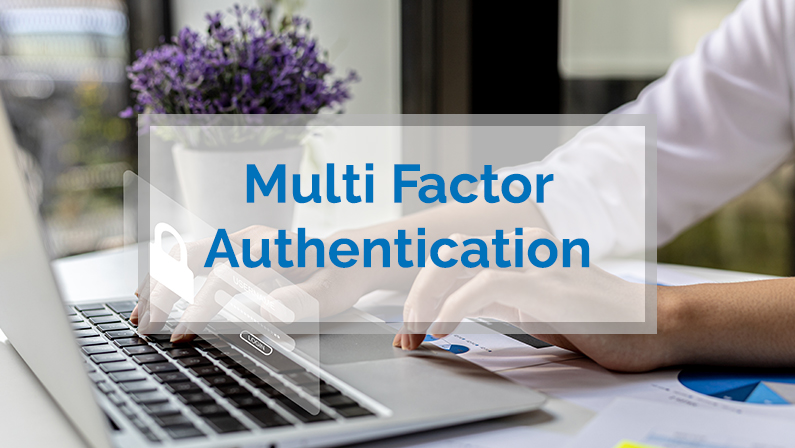Five Great Tips for Implementing multi-factor authentication!
Multi-factor authentication (MFA) adds an extra layer of security to protect user accounts and sensitive information. Here are some tips for implementing MFA effectively:
Choose the Right Factors:
Consider using a combination of different factors for authentication, such as something the user knows (e.g., a password), something the user has (e.g., a smartphone or hardware token), and something the user is (e.g., biometrics like fingerprints or facial recognition). Select factors that are appropriate for your organization’s security needs and the sensitivity of the data being accessed.
Prioritize Strong Passwords:
Ensure that users have strong and unique passwords as the first factor of authentication. Encourage the use of long and complex passwords, and consider implementing password policies that enforce these requirements. Educate users about password security best practices, such as not reusing passwords and avoiding common or easily guessable phrases.
Implement Two-Factor Authentication (2FA):
Enable two-factor authentication wherever possible. This commonly involves combining a password (something the user knows) with a second factor, such as a temporary code sent via SMS, email, or generated by an authenticator app. 2FA significantly enhances security by requiring both knowledge of the password and possession of the second factor.
Leverage Authenticator Apps:
Encourage users to utilize authenticator apps, such as Google Authenticator or Microsoft Authenticator, which generate time-based one-time passwords (TOTPs). These apps provide an additional layer of security over SMS-based authentication, as they are not susceptible to SIM swapping attacks or interception.
Educate and Communicate:
Provide clear instructions to users on how to set up and use MFA. Offer user-friendly guides, tutorials, and documentation to ensure they understand the process and benefits of MFA. Emphasize the importance of MFA in protecting their accounts and sensitive data.
By implementing MFA, you significantly strengthen your security posture and protect against unauthorized access to sensitive information. Remember to balance security with usability to ensure a smooth user experience while maintaining strong authentication controls.





